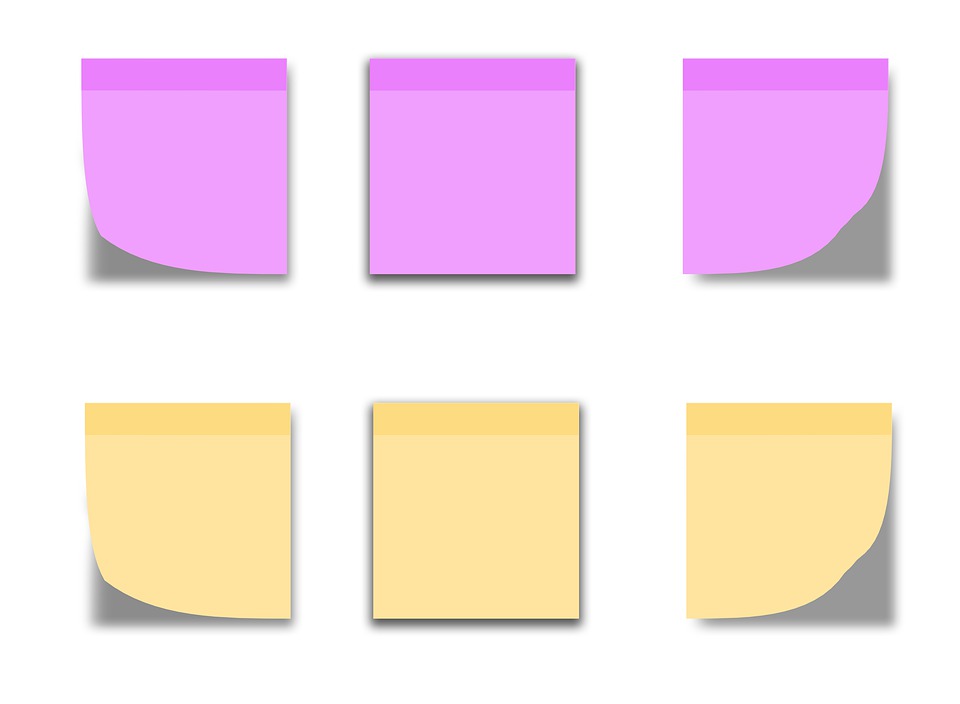
As a facilitator, I feel lucky to have worked with hundreds of teams across the globe. I found that there is one ingredient that holds many teams together and that is trust. A team without trust is like a great piece of music that has no soul. It may sound good, but will not have the magic to touch your heart.
The irony is that smaller teams often do not face such trust issues. It is the larger teams or the teams that have been working together for a long time that struggle with lack of trust. Why does a team that used to score 10/10 on trust starts losing it all of the sudden? Is it because of the growing team size, or is it because of something else? Well, the answer to this question is hidden in the two W’s: why and what.
The why: the why brings people together. The why is the reason for creating something new or trying something together. Think of a trendy new café; their reason for existing isn’t only to serve coffee, but to change the way coffee is served. Similarly, Bill Gates didn’t just want to make a computer, he wanted a desktop in every home. That was his why.
The what: this is the way forward. The what is made up of the processes and steps that are needed to successfully achieve the why. This might include hiring new people, expanding and opening new branches, or developing a new product. The café might develop a new brewing system or have an unconventional serving style. Bill Gates might have a target number of computers to be sold in the first quarter. Simply put, the what is how you reach the why.
Most teams find it very difficult to strike a balance between their why and their what. In teams that work for the why, accountability, laughter, healthy conflicts, over communication, open feedback, and regular celebrations are commonly found. They have a strong understanding of their main purpose. These teams hardly have any time or energy to get stuck in the whirlwind of the what. As a result, they float away from the web of negativity, quarrels, distrust, and low results.
If your company’s why is to change people’s lives and it’s what is to earn 20 cr., you would have two methods to drive your team – either through the what (20 cr.) or through the why (life improvement). Your what might not ensure the delivery of your why, but your why can very well ensure the delivery of your what.
In the excitement of expansion or bigger targets your what can easily take over your why. Even in our company there is a temptation to focus on expanding and achieving bigger numbers (our what) rather than focusing on our why, which is to challenge and change the way corporate trainings are done. But we understand that maintaining the balance between both is not very difficult provided the team or the leader is constantly assessing the current direction.
Below are 3 checks that help us move away from this temptation.
- Laughter and Celebration:
Teams that work for the why will always be full of positive energy. There is often loud laughter. These teams look forward to meeting each other and celebrating all wins, big or small. As they say, “Teams that laugh together, stay together.” - Openness and Accountability:
These two are very important characteristics of the teams that are driven by the why. In these teams almost every member appreciates suggestions or feedback, even if it is not always positive. They understand that these tough tasks take them closer to their ultimate goal. The level of accountability and trust is extremely high in such teams because they understand that the team’s goal is much bigger than any individual. - Rewards:
A team’s leader must keep be watchful of what behaviors and results are being rewarded in the team. The why-driven companies often reward effort, new ideas, and the way members live and work by the team’s values. The what of the team becomes the by-product in such cases, wherein the what-driven teams start complimenting and rewarding the transactions rather than the effort. These teams gel during their peaks but fall apart during their valleys.
So before you get stuck in day-to-day transactions, pause for a moment and reaffirm your why and what and keep on going.


